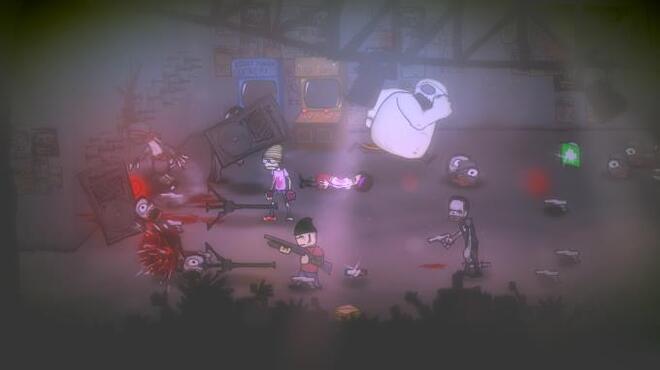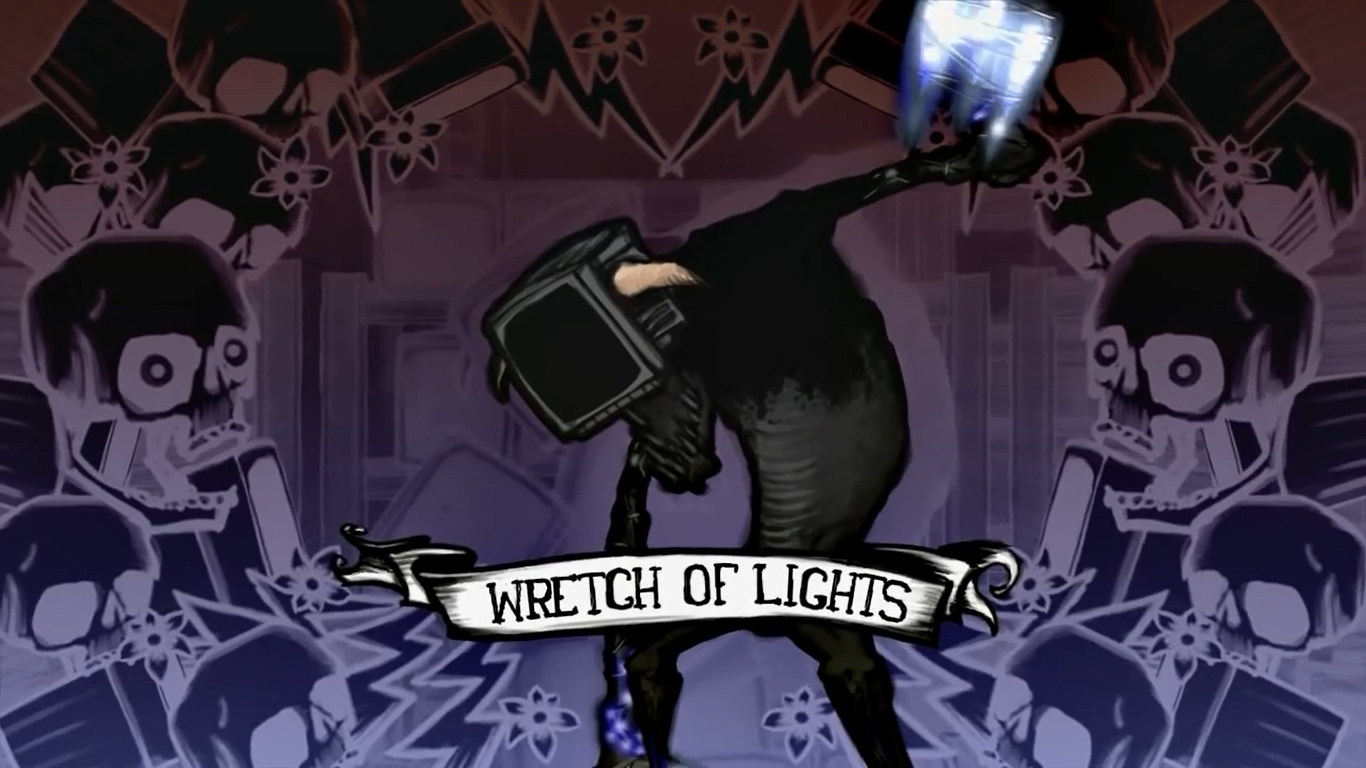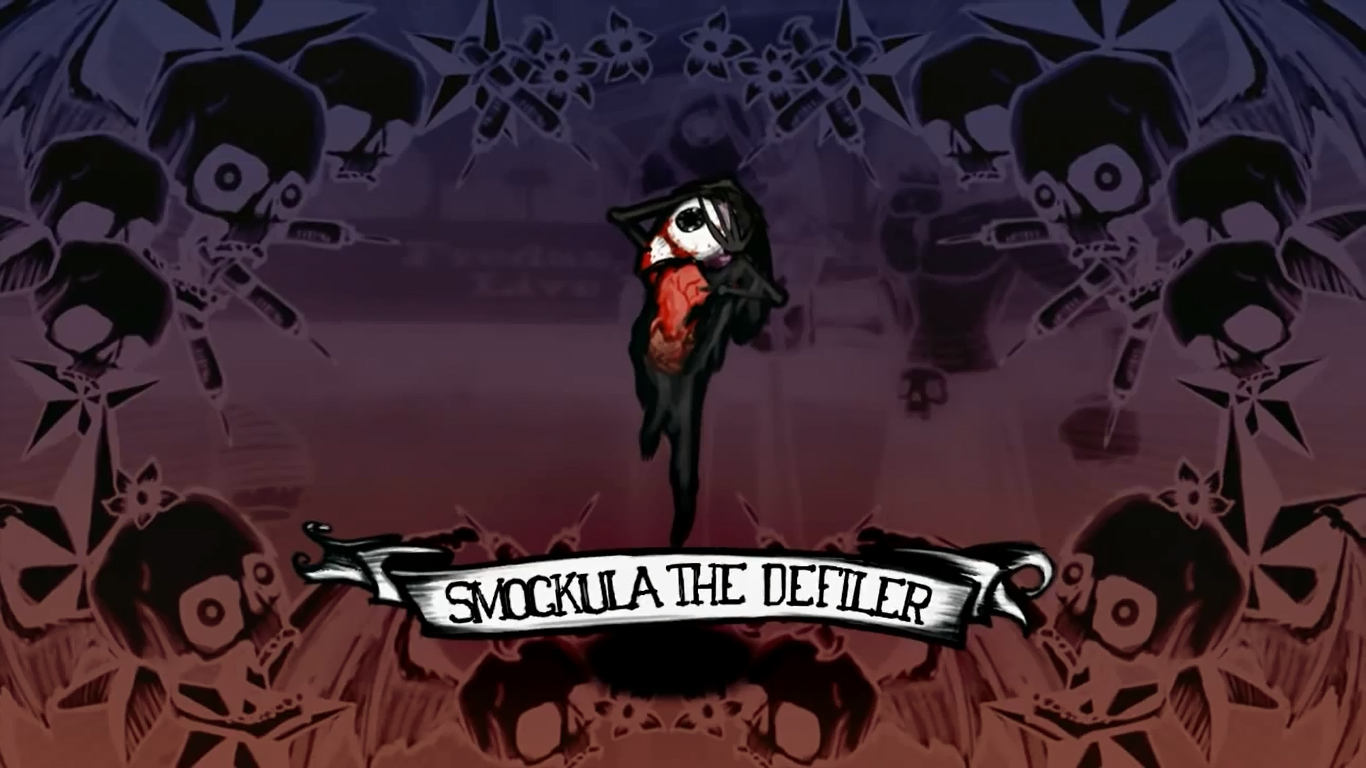
It is a powerful play, more subtle and more sociological in its inquiry than the blurb suggests. Wherin is shewed the great malice and discimulation of a wicked woman, the unsatiable desire of filthie lust and shamefull end of all murderers. Who was most wickedlye murdered, by the meanes of his disloyall and wanton wyfe, who for the love she bare to one Mosbie, hyred two desperat ruffins, Blackwill and Shakbag, to kill him. The lamentable and true tragedie of M Arden of Feversham in Kent. The title page of the 1592 quarto trails the sensational storyline and the lessons to be learned from it:

His killers were in the pay of his wife, Alice, who was adulterously involved with a tailor called Mosby. He was stabbed and bludgeoned in his own parlour during a game of ‘tables’ or backgammon. It dramatises the violent death of a Kentish landowner, Thomas Arden, in 1551. Among these lost works is a play called Page of Plymouth, an early and seemingly uncharacteristic outing by Ben Jonson.Īrden, probably first performed around 1590, is the earliest true crime play on record.

Others are known only by their titles, though their contents can be partly reconstructed when the title refers to a criminal case known from other sources. A few made it into print: Arden of Faversham (1592), A Warning for Fair Woman (1599), A Yorkshire Tragedy (1608), all of uncertain authorship. About a dozen are recorded in the years either side of 1600. Their literary quality is variable – they tend to melodrama and moralising, and indeed to misogyny (they often feature murderous wives) – but some are written with real skill and bite.
#CHARLIE MURDER RELICS SERIES#
More than four centuries ago a series of plays closely based on real murder cases appeared on the London stage. But the true crime genre has a much longer lineage.

Based on Truman Capote’s account of a quadruple murder in rural Kansas, the film was shot in vérité black and white and used the actual locations where the killings took place. Those with long memories cite Richard Brooks’s 1967 film In Cold Blood as a prototype. It is often assumed that these ‘docu-dramas’ are a new phenomenon, a modern hybrid. It’s written into the genre, because the chief frisson of true crime is not suspense but recognition – the everyday landscapes where murder happens, the flowery wallpaper spattered with blood. I don’t see my preference for the British product as some kind of weird patriotism. British true crime tends to be about British killers – Ian Brady ( See No Evil), John Christie ( Rillington Place), the Wests ( Fred and Rose), Dennis Nilsen ( Des), Jeremy Bamber ( White House Farm), Harold Shipman ( Doctor Death) – while American true crime favours American atrocities.

The crime is typically murder, usually serial, preferably home grown. The story has been shaped and tweaked the scene is drizzled with meticulous period detail there is a cliffhanger at the end of each episode. They are essentially factual – ‘based on real events’ – but they have the feel of fiction. W hen Crimewatch first aired on the BBC in the mid 1980s, its presenter Nick Ross promised: ‘This is about real-life crime, not the stuff of fiction.’ Nowadays the distinction is rather less clear, and our screens are filled with true crime dramas that seem to offer both.


 0 kommentar(er)
0 kommentar(er)
